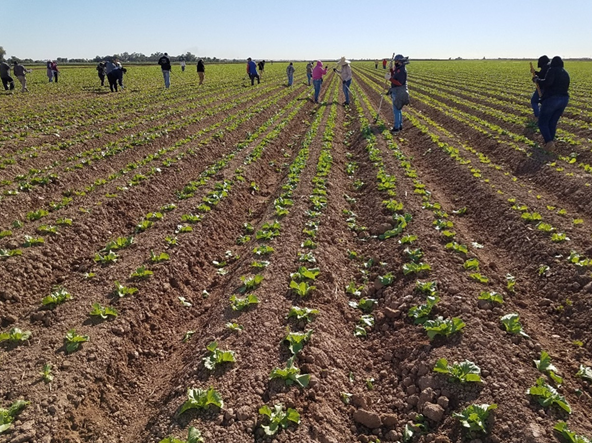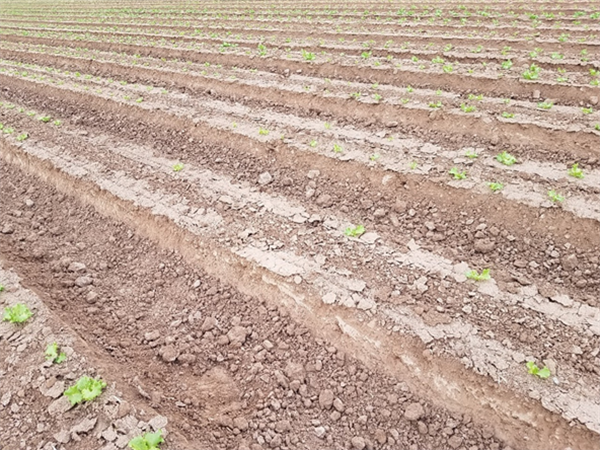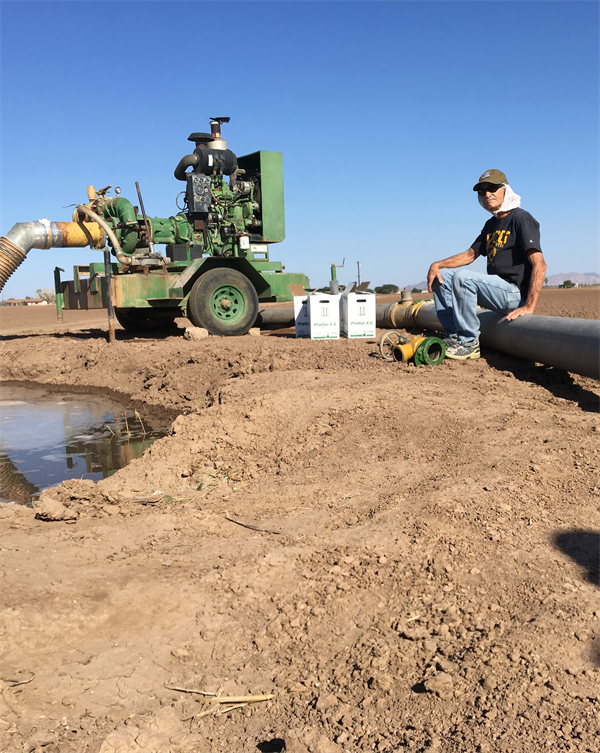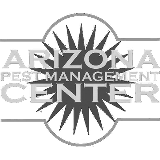Nov 27, 2024
Downy Mildew of Lettuce (2024)

Downy mildew has always been one of the major problem for PCAs and growers in the desert southwest. The symptoms observed are green to yellow angular spots on the upper surface of the leaves and fluffy growth on the lower side (See Picture). Symptoms usually start from older leaves. As disease progresses the lesion turn brown and dry up and in some occasions the disease can become systemic causing dark discoloration of vascular tissue.
Favorable condition for disease development:
The pathogen Bremia lactucae thrives in damp, cool condition, with moisture present on leaves. Spores are short-lived but dispersed efficiently by wind during moist period. Cultivated lettuce is the main host of the pathogen but it has also been reported to infect artichoke, cornflower and strawflower.
Why is downy mildew difficult to manage?
One of the main reason that hinders the disease management is the complexity of the pathogen. Bremia lactucae consists of multiple races (pathotypes), and new races continue to occur as pathogen evolves. The pathogen is one of the fastest evolving plant pathogen. And each pathotypes have developed insensitivity to fungicides to different extent.
One of the best practice is to grow resistant cultivar, but there are limitations. As the pathogen is highly variable and dynamic, resistant cultivars are not a permanent solution as the pathogen overcomes the resistance by evolving into virulent strains and isolates.
Preventative application of fungicides are effective to some extent. Reducing leaf wetness and humidity by using drip or furrow irrigation can be helpful. However, weather condition like rain during cool weather as we had in past couple of weeks is conducive to development of epidemics and we have very little control on that matter.
To contact Bindu Poudel go to:
bpoudel@email.arizona.edu










